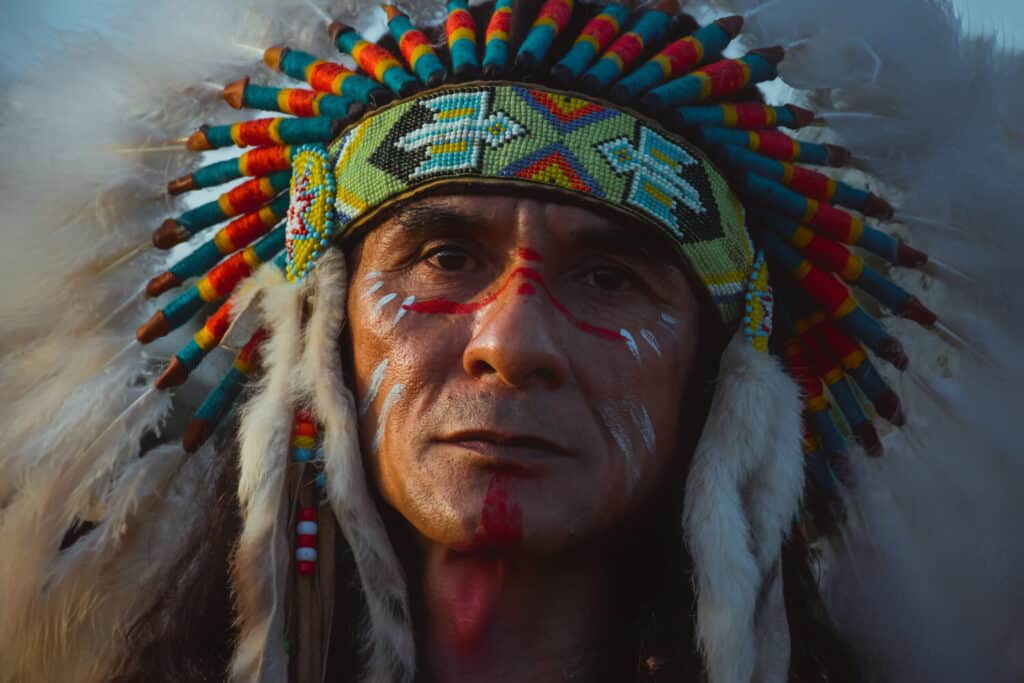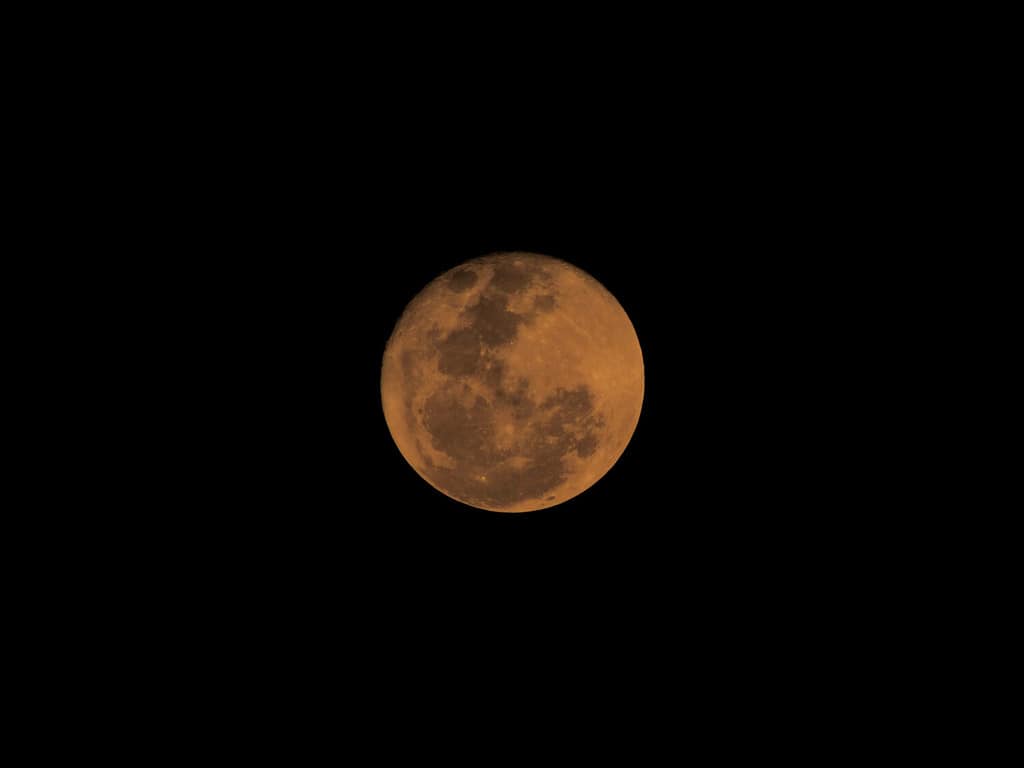Exploring the Fascinating World of Full Moons and Their Significance
The moon has fascinated people across the globe for millions of years. It cares for our planet by providing a stable climate, and the tides create a natural rhythm for us to follow as a guide. Cultures far and wide have long studied the moon, its phases, and its influence on our lives on Earth. So, let’s explore the origin and meaning of the next full moon, the Beaver Moon, set to reach peak illumination on November 27 at 4:16 a.m. EST. There’s so much to learn!
Origin of the Beaver Moon: The Cultural and Historical Origins of the Name

The Beaver Moon was named after the time of year when beavers prepare their shelters for winter.
©Dan Pepper/iStock via Getty Images
It’s said that full moon names come from references to Native American, Colonial American, and European folklore. For example, the name for the full moon in November was chosen for two reasons:
- It was the time of year when beavers prepared their shelters for the winter.
- November was fur trapping season in North America, and beaver pelt was popular.
But for the Algonquin tribe of North America, this full moon was called the Whitefish Moon to reflect the spawning season for that species — other names included the Frost, Mourning, and Digging Moon.
They understood the significance of the celestial planet back then but didn’t have the tools to study it from space like we do now. Cultures adapted the name of each month’s moon to their immediate environment. It didn’t get more complicated than that.
Lunar Traditions and Beliefs: Understanding the Symbolic Meanings and Interpretations Associated with the Beaver Moon

The full moon is a time of release and letting go.
©Harry L/Shutterstock.com
When you want to understand the symbolic meanings of the Beaver Moon, you enter the world of astrology. Astrology is “the study of the movements and relative positions of celestial bodies interpreted as having an influence on human affairs and the natural world.” Let’s discuss how tradition interprets the phases of the moon.
The Astrological Meaning of the New Moon
New moons are the start of the lunar cycle, according to NASA. But to Native Americans and other cultures worldwide, it’s so much more than that.
The new moon symbolizes change and new beginnings. If you want to set goals, this is the time to do it. Then, during the waxing moon, you build and collect the resources you need to reap the rewards when the full moon comes.
The Symbolic Meaning of the Full Moon
Full moons are the last phase of the lunar cycle, with many interpreting it as a time to let go and look inward. It is also when you cultivate the bounty of your hard work since the new moon or decide to change course.
This full moon’s Beaver Moon is about reflecting on what is holding you back, practicing self-care, and considering the behaviors you want to release fully by the time the new moon returns.
Astronomical Phenomena: Examining Any Unique Astronomical Events or Features Associated with the Beaver Moon

The Leonids Meteor Shower will be visible on November 17, ten days before the Beaver Moon on November 27.
©Triff/Shutterstock.com
Each year offers a new opportunity to experience unique astrological phenomena alongside our reliable lunar and solar cycles. Sometimes, nothing else happens in the sky. But in 2023, we’re in luck!
Before the Beaver Moon’s peak illumination on November 27, the Leonids Meteor Shower will be visible across the night sky. This hasn’t occurred since 2001, so make sure you are outside to view the epic shower from right before midnight on November 17 to the early morning hours of November 18!
If you’re familiar with astronomy, watch for the constellation Leo. That’s where the meteors will originate from.
Celebration and Rituals: Exploring the Various Ways Different Cultures Celebrate and Honor the Beaver Moon

The early Native Americans performed ceremonial rituals to honor the Beaver Moon.
©CHOTE BKK/Shutterstock.com
We discussed earlier that Native Americans honored the moon’s influence on their lives. One way they did this was by naming the full moon. The other way? Through celebrating and performing specific rituals on or around the Beaver Moon.
As a way to release bad energy and create space for newness, everyday ancient or tribal rituals included:
- Sitting on the ground in ceremony and asking “Grandmother Moon” to replenish their body with new energy
- Creating altars with pieces from nature to honor the moon’s natural rhythm
- Sacrificing animals to the moon as an act of appeasement
The traditional elements of Native American rituals remain, but some have become more Westernized as time passes. Since the Beaver Moon symbolizes building and preparation, modern spiritual rituals may include practices that help to clear and center yourself, like:
- Writing down persistent negative thoughts and burning the piece of paper to signify a clean slate
- Creating personalized altars with crystals to honor the moon’s energy
- Basking in the glow of the Full Moon to soak up its energetic powers
The Meaning of November’s Full Beaver Moon

The origin and meaning of the Beaver Moon is a reminder of how connected we are to nature.
©Ricardo Bayerlein/Shutterstock.com
This blog explored the origin and meaning of the Beaver Moon. By unearthing how the name came to be, we discovered that the moon influences us in many ways. Its natural rhythm keeps us attuned to nature, intertwining our daily lives with the moon.
With the energy surrounding the Beaver Moon as your guide, spend time inward resting and clearing. You’ll emerge stronger on the other side.
The photo featured at the top of this post is © Fernando Astasio Avila/Shutterstock.com
Thank you for reading! Have some feedback for us? Contact the AZ Animals editorial team.







